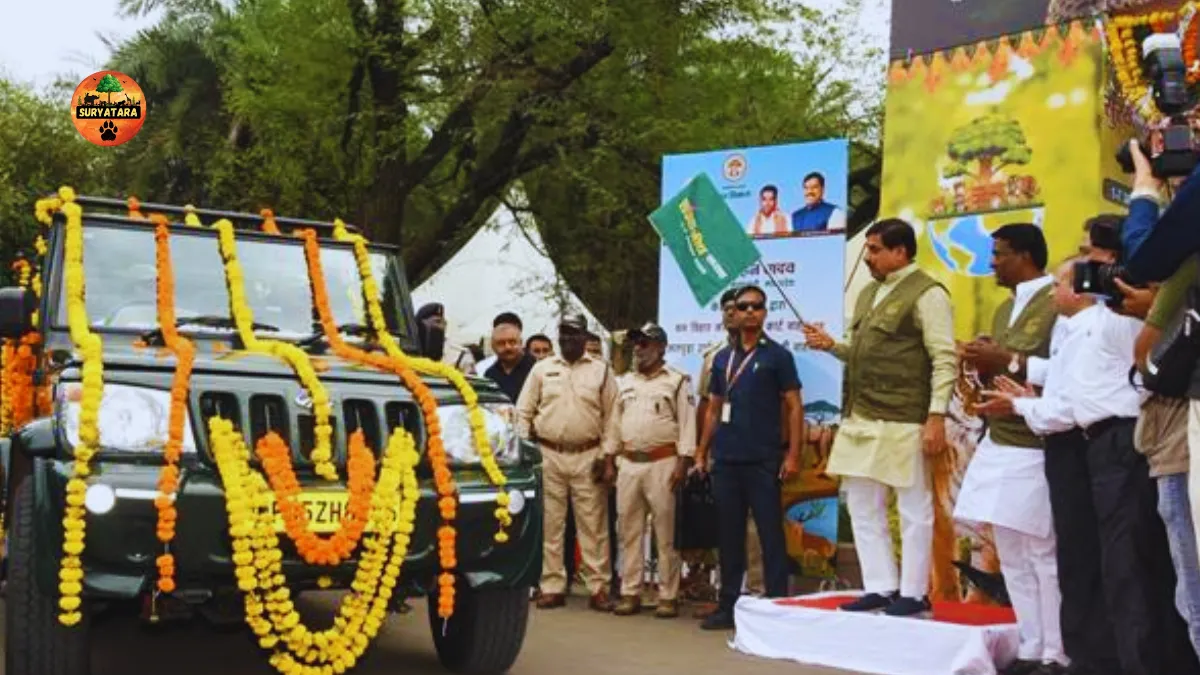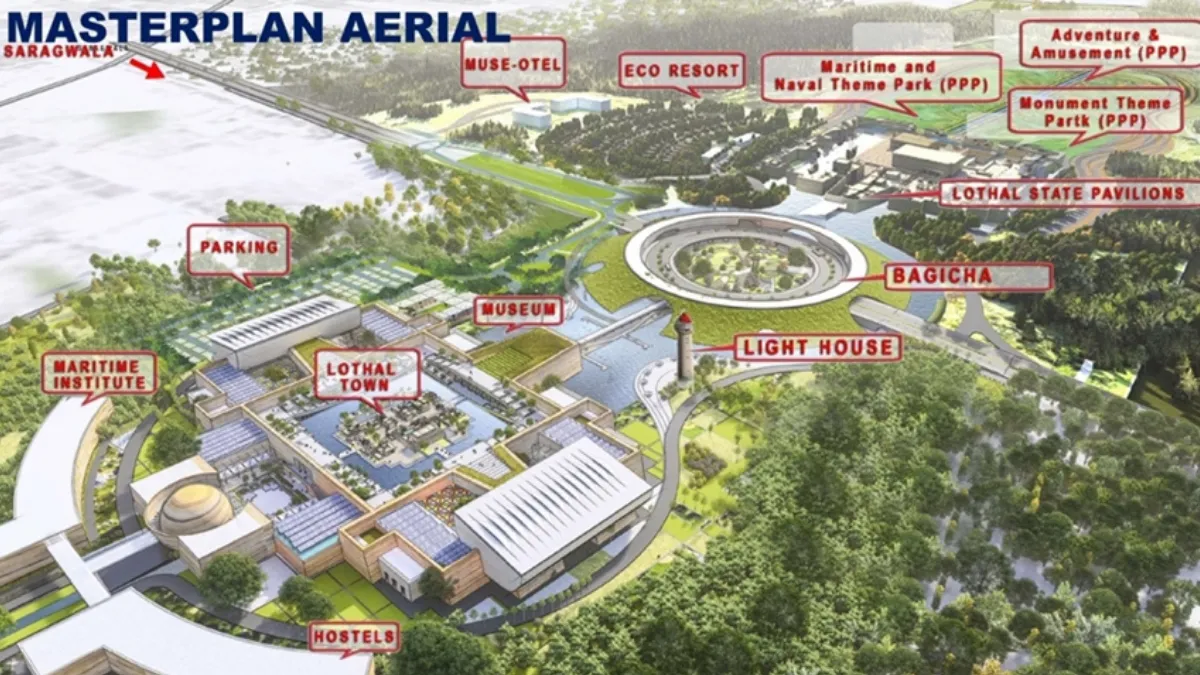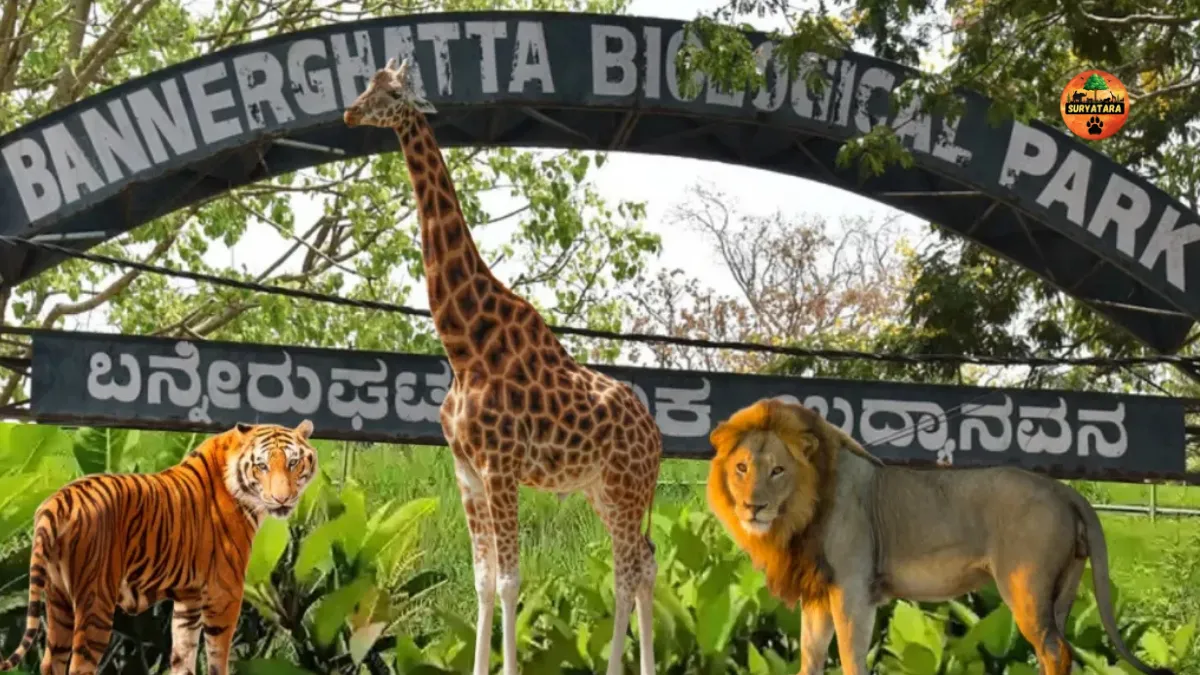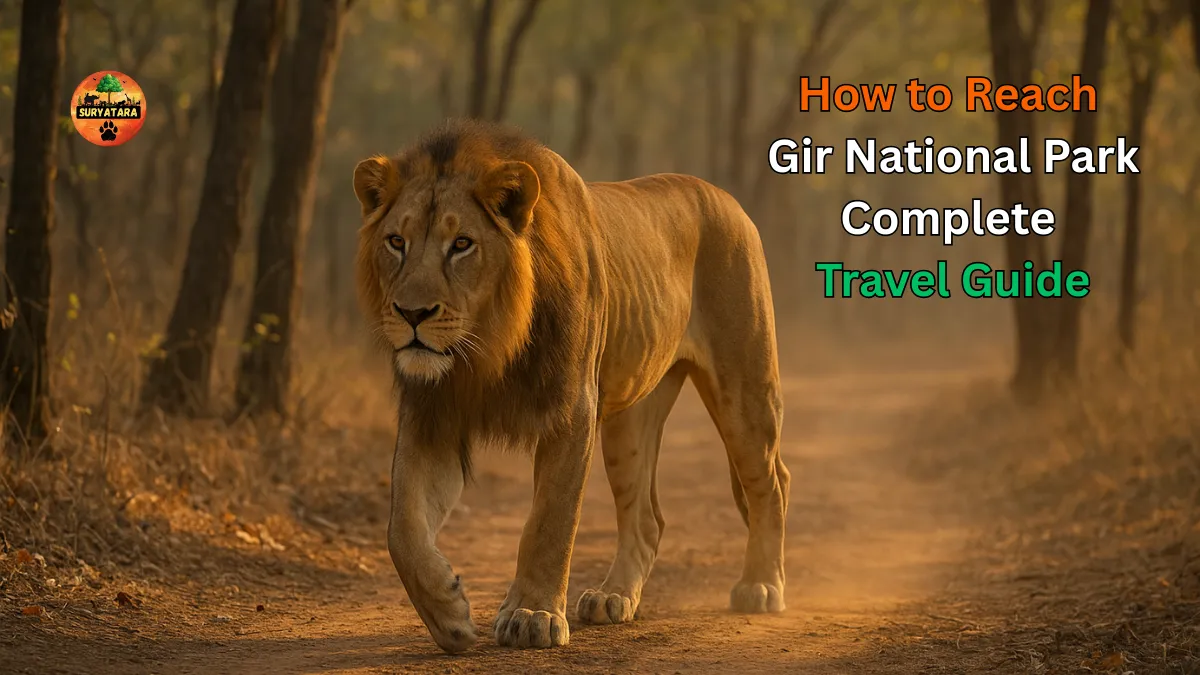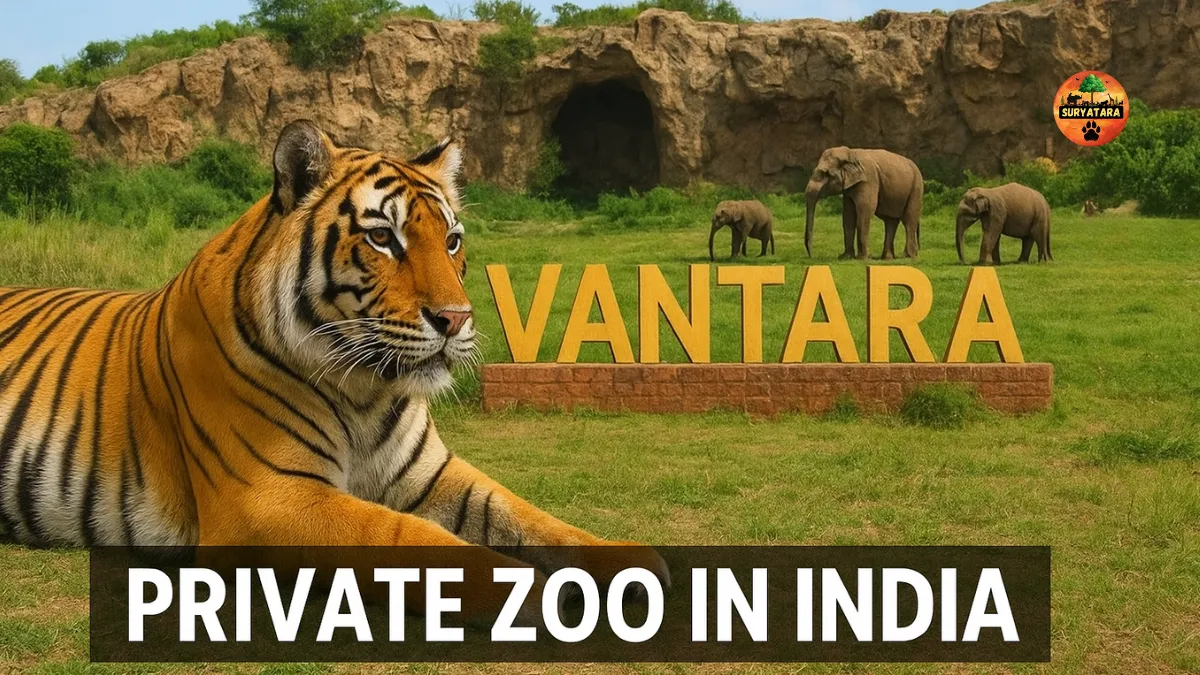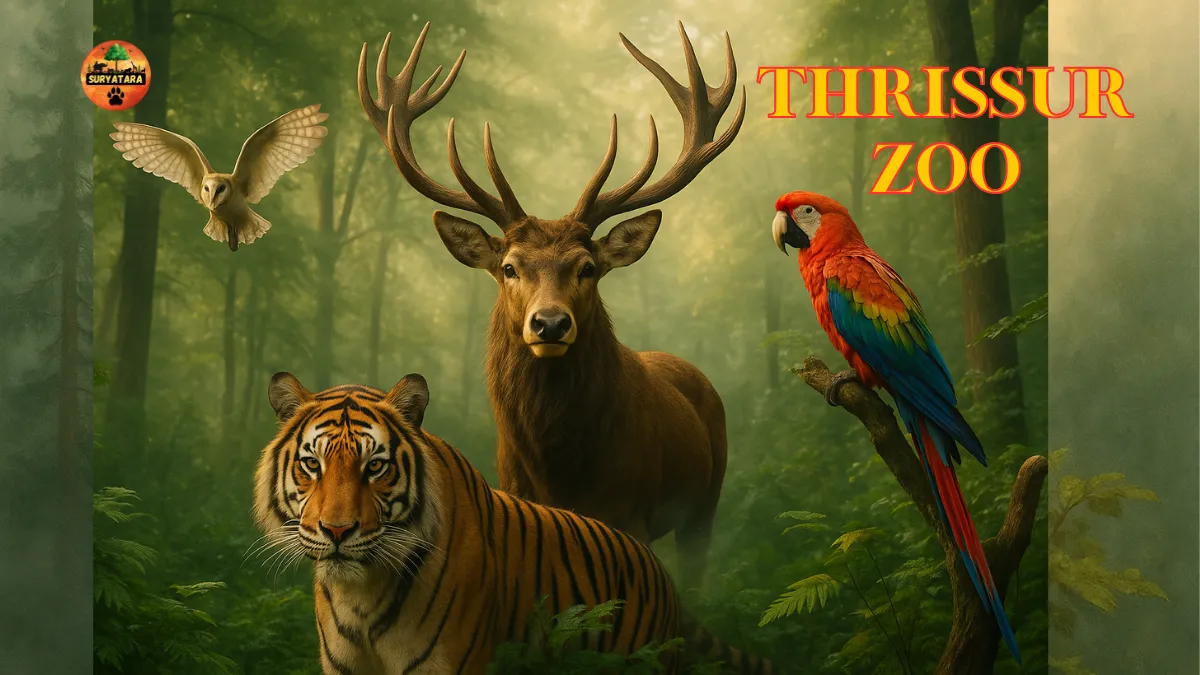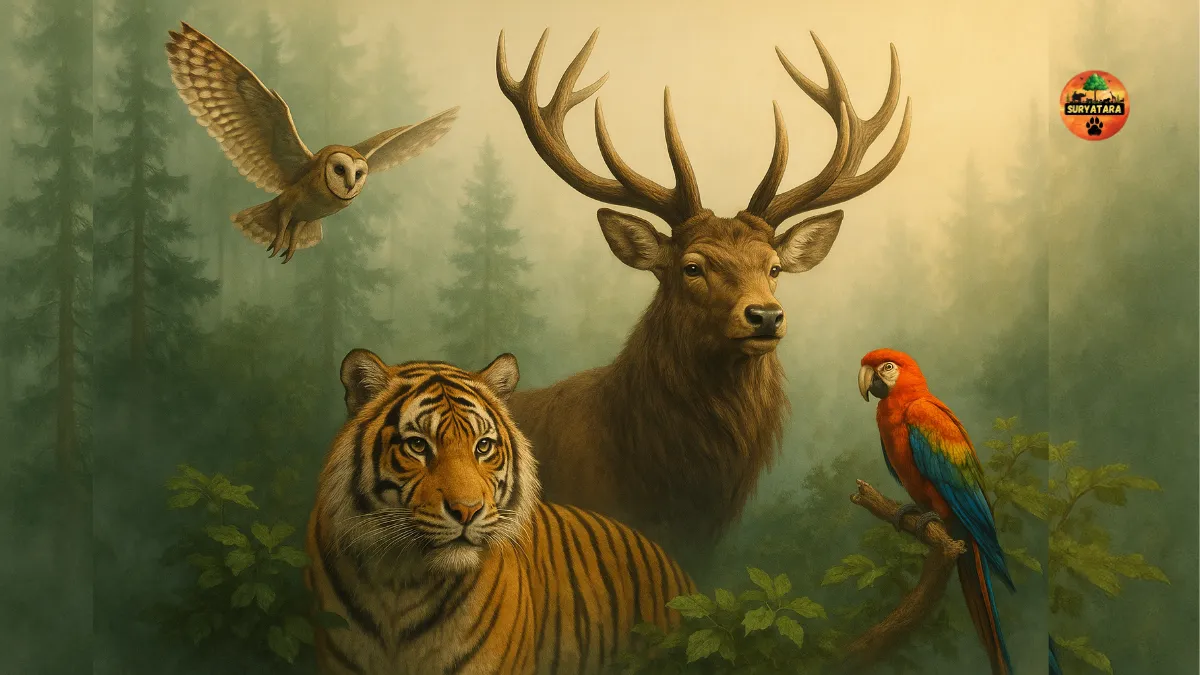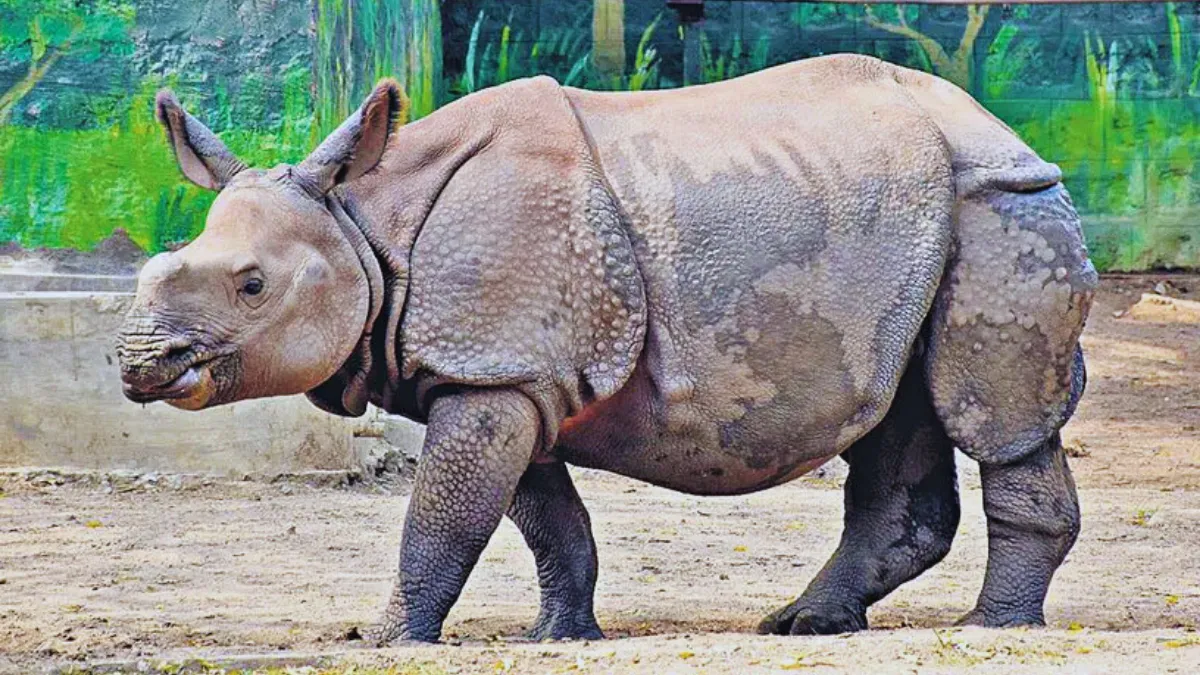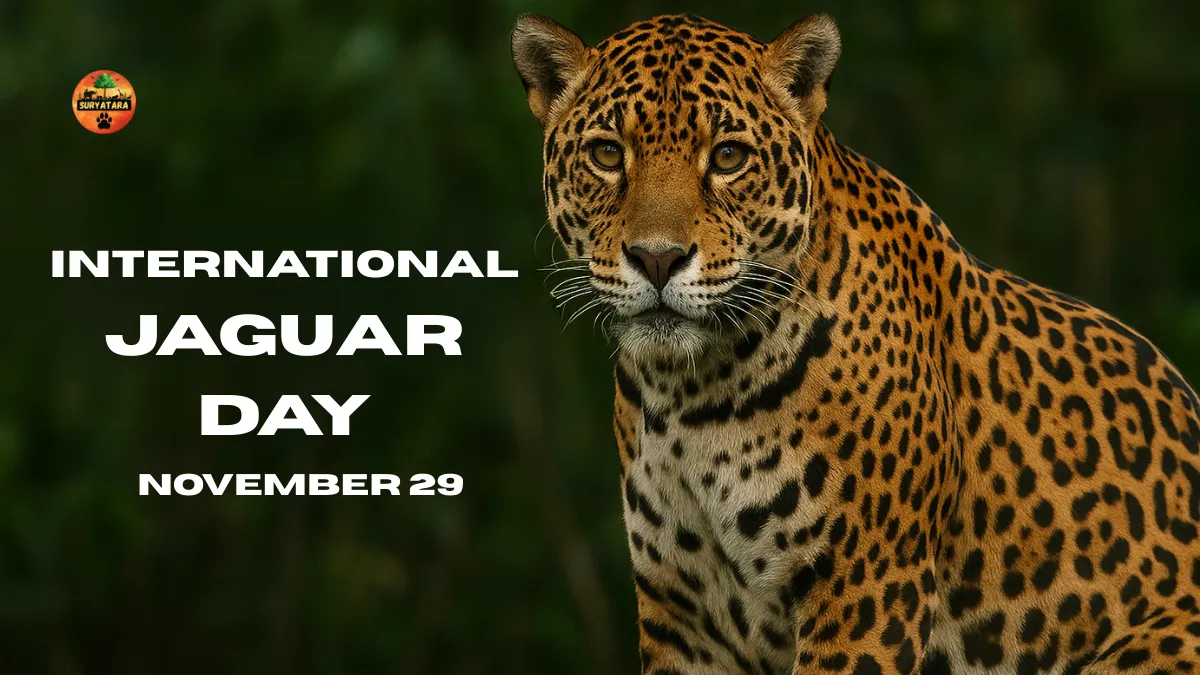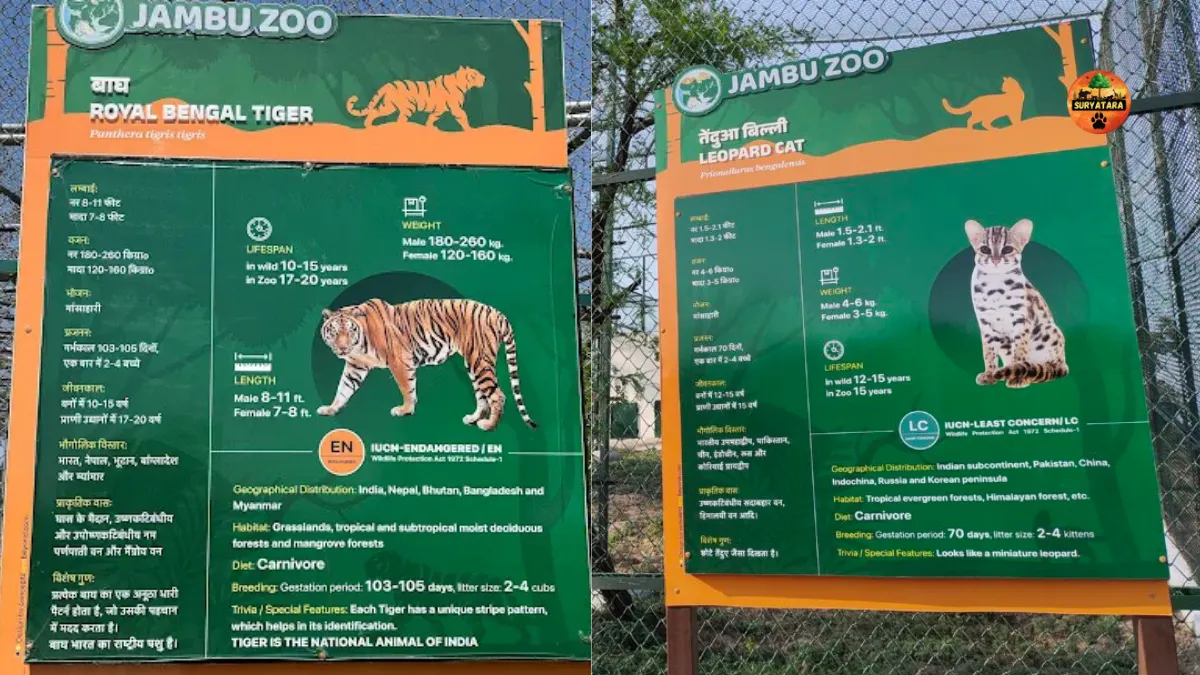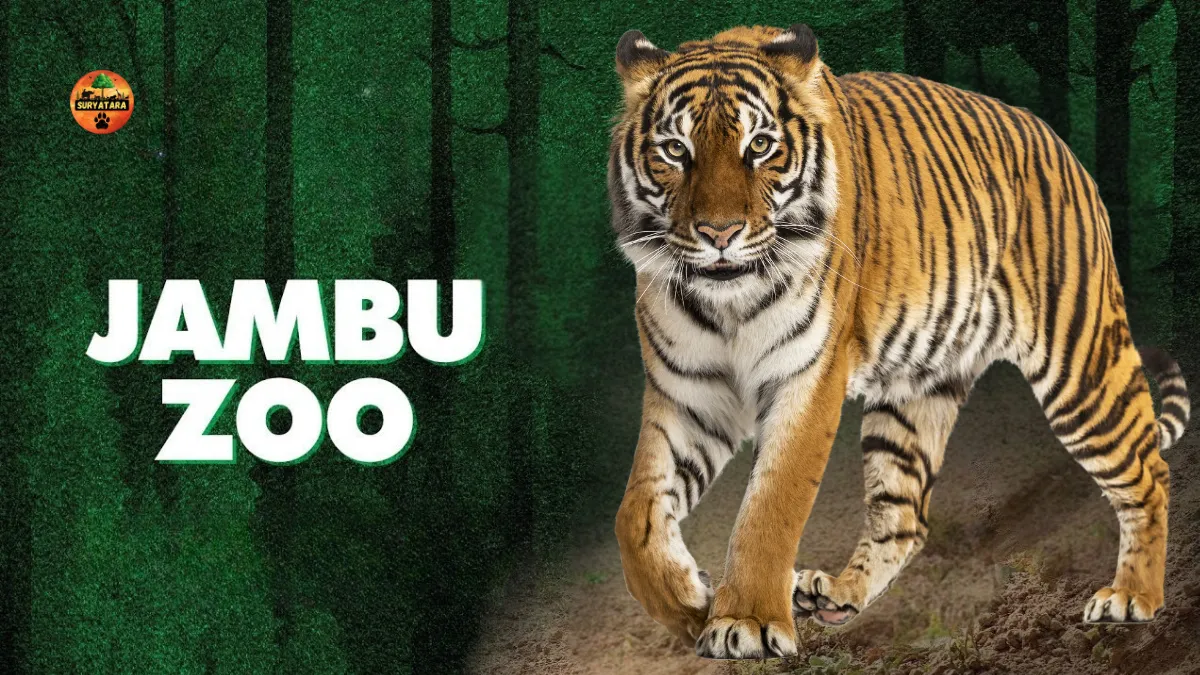Discover how Madhya Pradesh is setting new standards in wildlife conservation with Van Vihar National Park, eco-tourism, and modern wildlife rescue centers. Learn about government initiatives, electric safari vehicles, and more.
Introduction: Van Vihar National Park – A Hub of Wildlife Conservation
Madhya Pradesh is emerging as a national leader in wildlife protection and eco-tourism. Van Vihar National Park in Bhopal has become a model for wildlife conservation and sustainable tourism. Chief Minister Dr. Mohan Yadav recently inaugurated the State-level Wildlife Week 2025 at Van Vihar, emphasizing the importance of preserving India’s natural heritage.
Dr. Yadav highlighted that wildlife is more than a resource; it is a treasure of beauty, mystery, and harmony. Protecting wild animals is both an ecological and cultural responsibility. The coexistence of humans and wildlife reflects a true balance of nature, which Madhya Pradesh aims to maintain through innovative conservation programs.
Wildlife Protection Initiatives at Van Vihar National Park
During the event, Dr. Yadav inaugurated eco-friendly tourist safaris at Satpura Tiger Reserve and launched over 40 electric safari vehicles at Van Vihar National Park. These electric vehicles are designed to provide a safe and environmentally friendly experience for visitors while minimizing the ecological footprint.
Additionally, the Chief Minister observed a photo exhibition on “Wildlife Habitat and Communication,” highlighting the importance of raising public awareness about wildlife conservation. Awards were presented to nine government officers, staff, and one wildlife rescue team for their contributions to wildlife protection.
Strengthening Wildlife-Rescue Infrastructure
Dr. Yadav announced that Madhya Pradesh plans to develop Zoos and Rescue Centers near all national parks, including Van Vihar National Park. These centers will provide immediate medical attention to injured wildlife, ensuring faster recovery and better survival rates. Two new zoos are already under development in Ujjain and Jabalpur, reflecting the state’s commitment to creating a network of wildlife care facilities.
“By establishing rescue centers and promoting eco-tourism, Madhya Pradesh aims to become a model state for wildlife conservation and sustainable development,” said Dr. Yadav.
Madhya Pradesh’s Growing Role in Wildlife Tourism
Madhya Pradesh is home to 11 national parks, 25 wildlife sanctuaries, and 9 tiger reserves. Over 30% of the state’s land area is forested, making it one of India’s richest regions in biodiversity. Popular species include tigers, cheetahs, gharials, crocodiles, and vultures.
The introduction of electric safari vehicles at Van Vihar National Park and Satpura Tiger Reserve is a step toward eco-friendly tourism, allowing visitors to enjoy wildlife safaris without harming the environment. The state government has also awarded over INR 18.74 crore to 636 eco-development committees to support wildlife tourism initiatives.
Promoting Human-Wildlife Coexistence
Chief Minister Dr. Yadav emphasized the importance of public awareness in wildlife protection. Initiatives such as Cheetah Mitra, Elephant Mitra, and Tapti Conservation Reserve highlight the state’s proactive approach.
Visitors to Van Vihar National Park can witness a harmonious ecosystem where animals thrive while humans engage in sustainable tourism. The park is setting an example for other states to follow, combining conservation, education, and eco-tourism.
Also read: New Permanent Elephant Camp at Pilibhit Tiger Reserve Becomes a Major Attraction for Tourists
Achievements in Species Conservation
- Tiger Population: Continuously increasing due to strict protection measures.
- Cheetahs: Reintroduction programs underway.
- Gharials and Crocodiles: Planned releases in Narmada and Tawa rivers.
- Vultures and Other Birds: Annual monitoring and conservation programs.
These initiatives make Madhya Pradesh a leader in terrestrial, aquatic, and aerial wildlife protection.
Community Engagement and Education
Van Vihar National Park also serves as a center for environmental education. Students and tourists participate in awareness programs, photo exhibitions, and group activities that emphasize the importance of sustainable human-wildlife interaction.
During the Wildlife Week event, students presented art and cultural activities focused on wildlife, inspiring the next generation of conservationists.
Also read: Tadoba National Park: Explore India’s Premier Tiger Reserve
Conclusion
With initiatives like electric safaris, wildlife rescue centers, and public awareness campaigns, Van Vihar National Park is setting a benchmark for conservation and eco-tourism in India. Madhya Pradesh demonstrates that human development and wildlife protection can go hand in hand, creating a sustainable future for generations to come.
FAQs About Van Vihar National Park
What is special about Van Vihar National Park?
Van Vihar National Park is a unique urban wildlife sanctuary in Bhopal, home to tigers, cheetahs, elephants, and various other species. It combines conservation with eco-tourism.
Are there eco-friendly facilities at the park?
Yes, the park now operates electric safari vehicles, reducing environmental impact and promoting sustainable tourism.
How does the park support wildlife rescue?
Van Vihar National Park is part of a broader initiative to establish Zoos and Rescue Centers near all national parks in Madhya Pradesh, providing timely care for injured wildlife.
Can tourists contribute to conservation efforts?
Yes, eco-tourism fees and participation in awareness programs help fund wildlife protection and habitat development.
